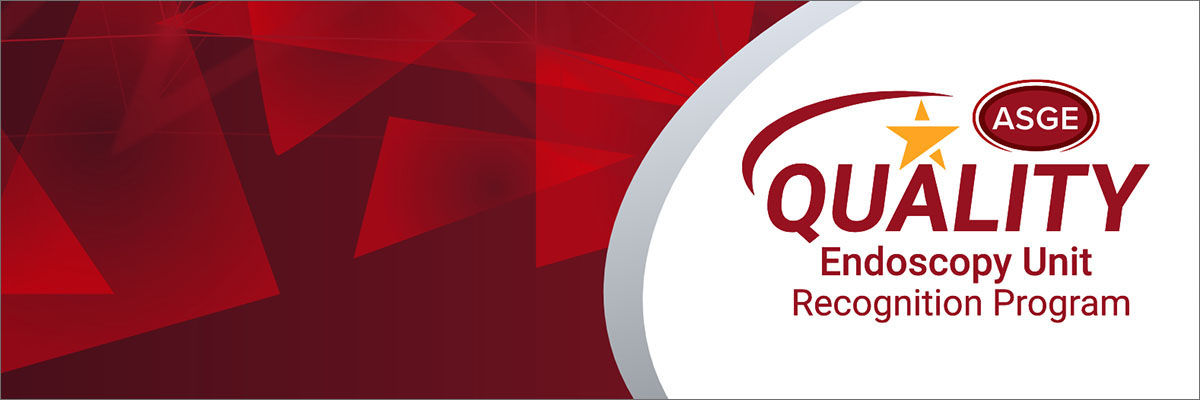The organization reviewed the adequacy of the use of Brand A wipes in the contact cleaning of stretchers and procedure room surfaces between cases. The gap in quality of care that was discovered was that Clostridium difficile is not decontaminated by the chemical components in Brand A. The project goal is to find and use a product for wiping down stretchers and room surfaces that will adequately kill all the microorganisms that Brand A wipes handles and in addition covers Clostridium difficile which is a microorganism that is found in endoscopy patients.

Define: The organization reviewed the adequacy of the use of Brand A wipes in the contact cleaning of
stretchers and procedure room surfaces between cases. The gap in quality of care that was discovered
was that Clostridium difficile is not decontaminated by the chemical components in Brand A. The
project goal is to find and use a product for wiping down stretchers and room surfaces that will
adequately kill all the microorganisms that Brand A wipes handles and in addition covers Clostridium
difficile which is a microorganism that is found in endoscopy patients.
Measure: The performance of Brand A wipes does kill multiple microorganisms but the fact that it does
not kill Clostridium difficile could potentially cause cross contamination of patients and employees due
to lack of adequate decontamination.
The data used was obtained by accessing The Association of Professionals in Infection Control and
Epidemiology guidelines for prevention of Clostridium difficile and the Brand A wipes product
information. The performance goal is to kill all known pathogenic microorganisms on surfaces that
could be contacted by patients and staff, especially stretchers and tables and counters that are holding
equipment and supplies used in patient care.
Analyze: The gap in quality of this process was in the false understanding that Brand A was effective in
treating all forms of contamination found in endoscopic procedures. Since Brand A wipes are commonly
used in many and varied types of organizations for decontamination , it was not realized until close
reading of the labels and follow-up with Centers for Disease Control and Prevention that the use of a
wipe that contains sodium hypochlorite as its active ingredient is an effective way of decontaminating
surfaces that are potentially contaminated with Clostridium difficile.
Improve Performance: The organization tried several solutions to this problem and eventually found a
wipe similar to Brand A wipes with a main active ingredient of sodium hypochlorite. A hospital cleaner
wipe system called Brand B was purchased by its manufacturer. This item was immediately purchased
and put into use in our center.
Control Summary: The outcome of this project was that the organization was not adequately
decontaminating surfaces and stretchers to assure that there was no cross contamination with
Clostridium difficile. The goal of the project was to find a product that would provide adequate
decontamination against all common contaminants including Clostridium difficile. After appropriate
research the organization arrived at a wipe product called Brand B. The organization now uses Brand B
wipes which contains sodium hypochlorite and follows with Brand A wipes to assure complete
decontamination of all surfaces contacted by patients and staff. This solution to a very difficult problem
is easy for any organization to adopt and we believe is definitely a best practice in surface
decontamination in the endoscopy suite.